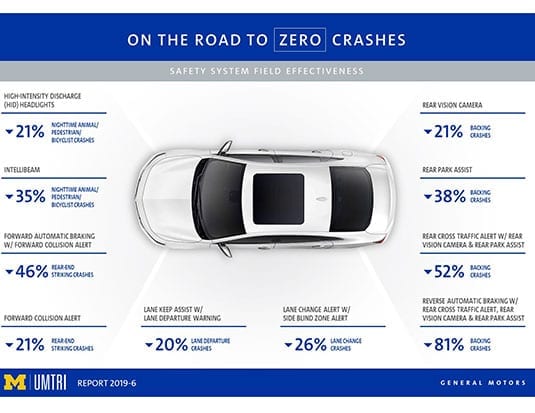The wide-scale deployment of hydrogen-powered vehicles will occur when world leaders decide to collaborate to create “ecosystems” implementable across the globe.
During a workshop at the 2019 Movin’On Summit, experts from Europe and China presented several groundbreaking initiatives designed to make hydrogen more accessible to the transportation sector in their respective regions and cities.
The goal of the Zero Emission Valley project, in the Auvergne-Rhône-Alpes region of France, has set an objective of deploying 1,000 fuel cell vehicles on the Global Models region’s roads over the next few years. To reach their goal, project officials plan to install 20 renewable hydrogen filling stations and15 electrolyzer systems across their region. Guest speakers Catherine Azzopardi and Thierry Raevel explained that they wanted to create “Europe’s biggest hydrogen-based mobility project” and to transform the mountainous French region into that country’s leading producer of renewable energy, including a 54% increase in its capacity to generate hydrogen by 2030. The challenge, however, will be how to store all that energy.
China, World Leader
- In China, sales of electric vehicles totalled 1.25 million over the past year, the equivalent of more than half of total worldwide sales.
- For 2019, the country now totals over 2 million alternative energy vehicles on its roads. It already had 500,000 in 2014.
- It is hoped that the number of hydrogen-powered vehicles will total over 18,790 units by 2020.
- The goal of a program launched in 2019 calls for the mass adoption of hydrogen- powered vehicles in 10 Chinese cities, including Beijing (5,000 fuel-cell vehicles by 2020) and Shanghai (3000 of these types of vehicles by 2020 and 30,000 by 2025).
Ecosystem and government aid
The strength of the Auvergne-Rhône-Alpes project, according to the promoters, lies in the implementation of an ecosystem and support from various levels of government. The European Union, as well as regional and local authorities are involved in the form of subsidies.
“For an initiative such as this to be viable, it is imperative to develop an ecosystem and strong partnerships between government authorities, industry, distributors, and financial partners,” argue experts.
This point of view is also shared by Everett Anderson, who presented a project in the country of Denmark also centred on the implementation of a hydrogen mobility ecosystem. Its goal is to implement a fleet of 1,000 fuel-cell city buses across Europe by 2023. As a first step, the goal is to launch a fleet of 600 of these types of vehicles in the United Kingdom, Denmark, and Latvia. The European Union has contributed 40 million euros toward the deployment of the network.
“What we can learn from all this,” summarized Bernard Frois, Vice President of the International Partnership for Hydrogen and Fuel Cells in the Economy, “is the urgency to find frameworks and standards for hydrogen deployment. We need to create ecosystems and viable models and replicate these models elsewhere. You have to look at what is being done across the globe and duplicate these successful models while adapting to the realities of each country, of course.”
Fleet Contribution
During his presentation , Philipp Dietrich explained how companies with vehicle fleets could encourage vehicle and truck manufacturers to implement zero-emission ecosystems. He cited the example of Coop, which launched the first public hydrogen filling station in Switzerland, and while doing so, also acquired the world’s first hydrogen-powered tractor-trailer truck. The company has also added 12 fuel-cell cars to its fleet. “If companies demand access to alternative fuels, the supply will have no choice but to follow,” says Dietrich.



